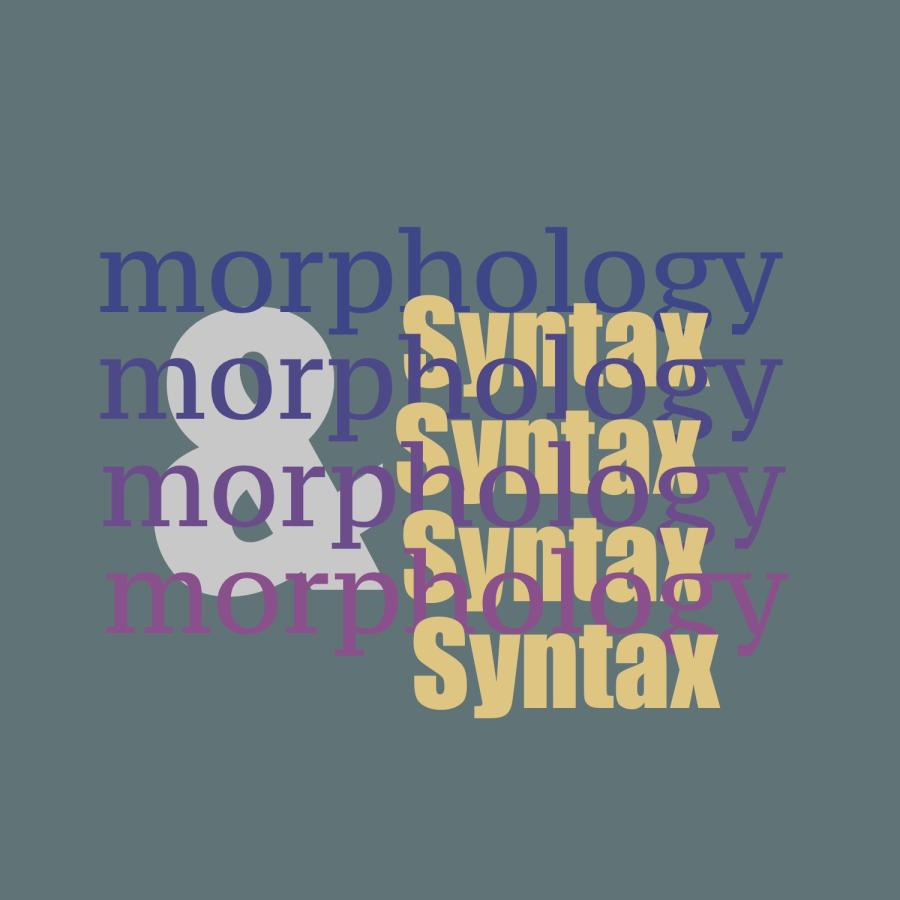May 19, 2023 | 12:30PM
Cobb 304
The Morphology and Syntax Workshop will be hosting Claire Halpert (University of Minnesota) this Friday, May 19th at 12:30pm in Cobb 304.
Title: Escape Clause
Abstract: In Halpert (2019), I attempted to model clausal opacity for A-movement as purely an intervention effect: clauses are opaque for movement if they intervene for the feature being probed. I argued that if a probe probes again after encountering an intervening clause, it can then find material inside the clause, an analysis that can account for the raising profile of Zulu, which permits raising out of finite clauses but not out of infinitives. The opacity of a particular clause depends on the independently-diagnosable features of its head; in Zulu, these features are reflected in complementizer morphology. Crucially, the account predicts that all clauses headed by the same complementizer will show identical properties for opacity, as appears to be the case for raising out of embedded indicatives and subjunctives headed by the complementizer ukuthi. In this talk, I examine the interaction between raising predicates and wh-constructions in Zulu, which adds more complexity to the opacity picture in Zulu. In particular, A-movement out of finite clauses in Zulu appears to block wh-fronting from the embedded clause into the matrix clause. Even more strikingly, indicative raising predicates seem to prohibit all long-distance wh-questions, whether or not A-movement has occurred. These facts suggest that something about the raising operation renders embedded CPs opaque for A-bar movement, but also reveal a difference between indicative and subjunctive raising complements that is not apparent from examining A-processes alone. On the surface, this pattern of opacity is surprising: we might expect a clause that is transparent for A-movement to be transparent for A-bar processes associated with a higher probe (Keine 2019, 2020). I'll spend the remainder of the talk discussing possible avenues to approach this puzzle. One way to view these facts is as a natural extension of my analysis of Zulu hyperraising, where embedded clauses are implicated in a dependency that their counterparts in non-hyperraising contexts are not: while agreement with a finite clause does not appear to yield the same outcomes for movement as other types of agreement, both object agreement and clausal dislocation elsewhere in Zulu show similar opacity patterns to what we find here. Another possible avenue of approach would be to treat this as a selective opacity phenomenon (Keine 2019), with similar-looking embedded clauses being formally distinct with different opacity profiles. In the final portion of the talk, I will attempt to walk though these possible lines of inquiry and how they might be investigated. Regardless of approach, the more complex patterns emerging in this domain suggest that some aspect of clause type beyond the specific properties of a complementizer is relevant in Zulu opacity effects, along the lines of Zyman's (2022) argument that not all opacity can reduce to feature distribution.

